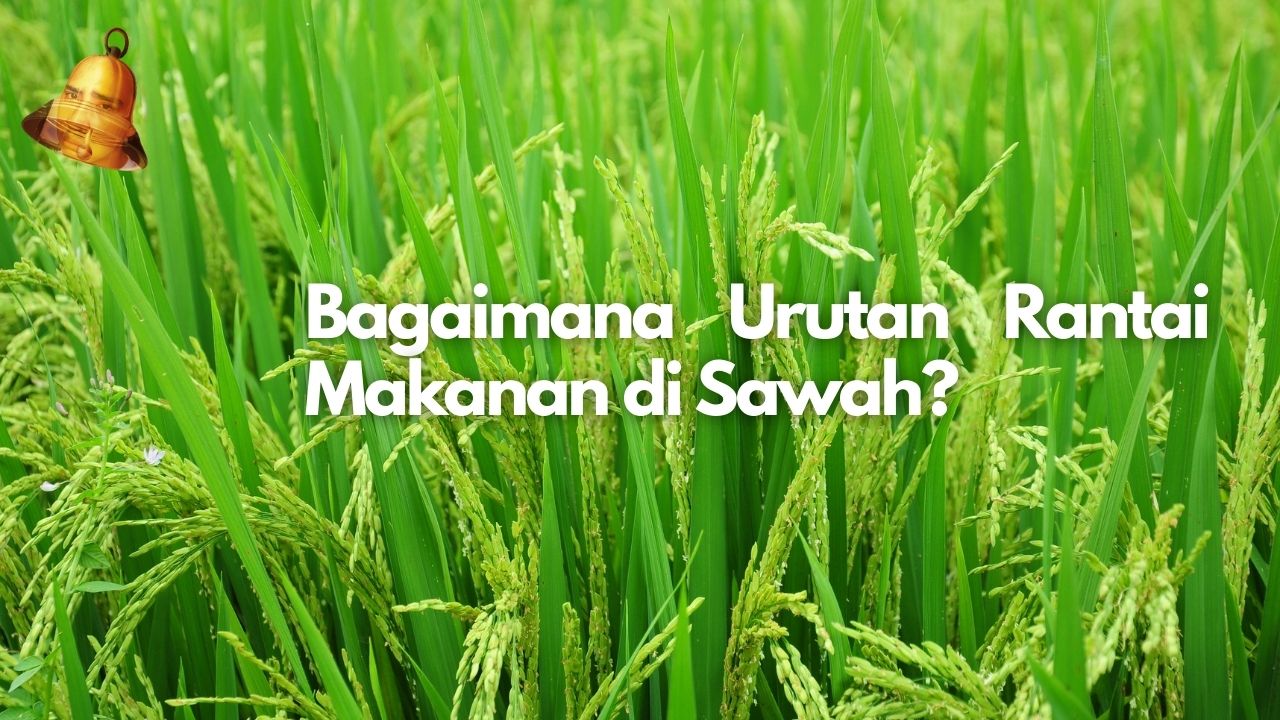Rice paddies are more than just rice fields, but complex ecosystems that support many living things. Water pooling between the plants creates habitats for microbes, insects, fish, and other animals. Among all these interactions, the food chain shows the flow of energy from one organism to another.
Understanding the food chain in rice fields helps us maintain the balance of nature and agricultural productivity. This article discusses the definition, sequence, examples, and factors influencing the food chain in rice fields.
Understanding the Food Chain
A food chain is a sequence of energy and nutrient transfers between organisms. Each level in a food chain is called a trophic level, from producers to decomposers. Producers convert solar energy into organic matter through photosynthesis. Consumers eat producers or other consumers to obtain energy. Decomposers break down the remains of dead organisms into inorganic substances that return to the soil.
Trophic Sequence in Rice Fields
In a rice paddy ecosystem, the trophic level generally consists of five levels. First are producers, such as rice plants, weeds, and algae in puddles. Second are primary consumers, such as grasshoppers, aphids, and small zooplankton. Third are secondary consumers, such as frogs, dragonflies, and small fish. Fourth are tertiary consumers, such as rice paddy snakes, storks, and small eagles.
Food Chain Example 1: Rice to Eagle
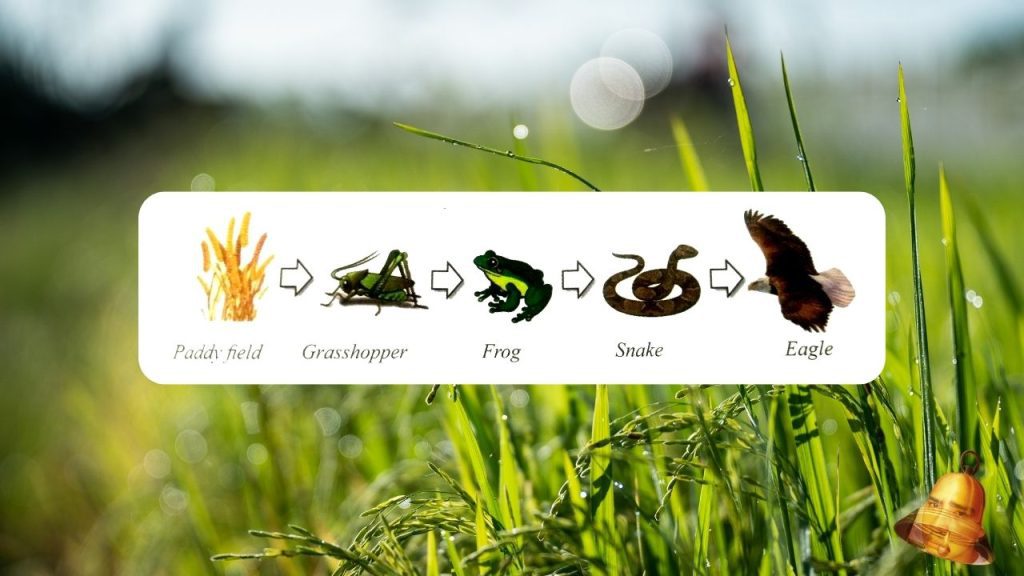
Rice plants in paddy fields absorb nutrients and produce carbohydrates through photosynthesis. Grasshoppers feed on rice leaves as a source of energy and protein for growth. Frogs feed on grasshoppers as they hop through the lush clumps of rice. Finally, small eagles prey on frogs to meet their energy needs in the wild.
Food Chain Example 2: Algae to Water Snake
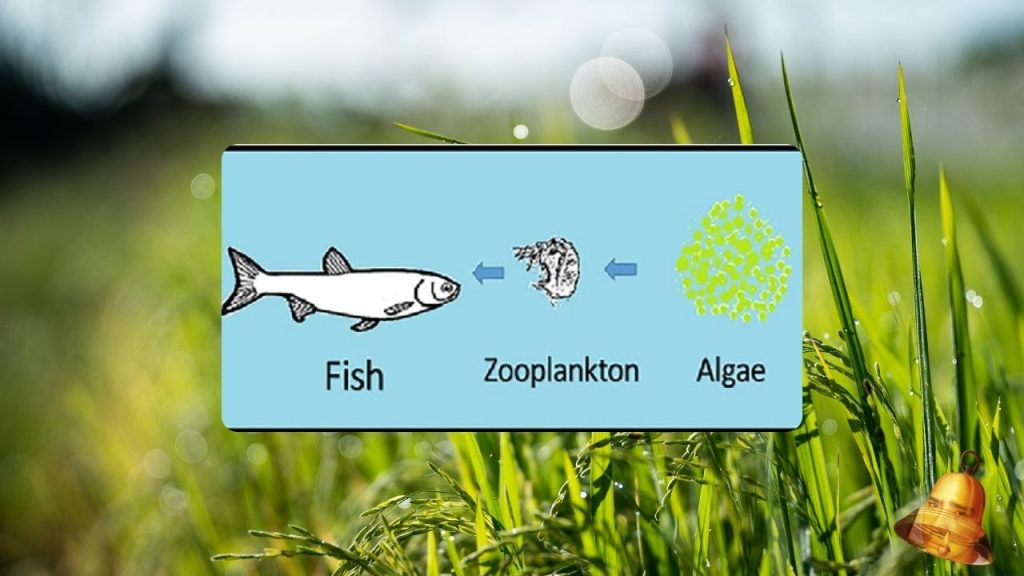
Green algae grow in the puddles between the rice rows. Tiny zooplankton feed on the algae as an energy source. Tilapia (Nile tilapia) feed on the zooplankton for growth and reproduction. Water snakes then prey on small fish as their primary food source.
Food Chain Example 3: Weeds to Catfish
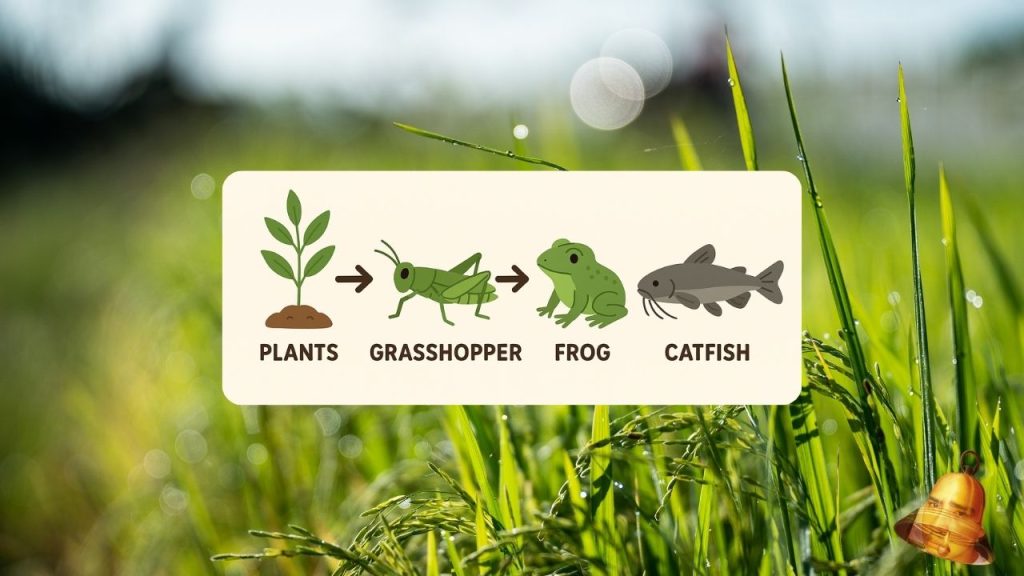
Weeds growing wild on the edges of rice fields become food for aphids. Young dragonflies (nymphs) feed on aphids when they are near the water's surface. Catfish in rice ditches prey on small dragonflies for protein. Thus, weeds, once considered pests, remain an important part of the ecosystem.
Energy Flow and the Food Pyramid
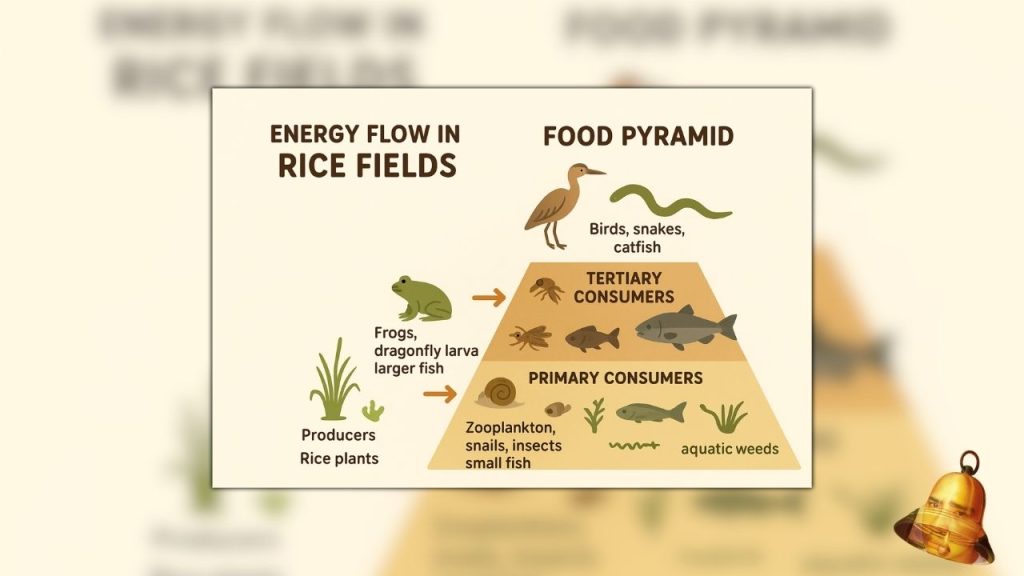
Energy flow in rice fields follows the 10 percent principle, meaning only about 10 percent of energy is passed from one trophic level to the next. Producers store the most energy, but only a small portion is passed on to primary consumers. As you move up the food chain, energy becomes increasingly scarce, reaching the top consumers. The food pyramid illustrates the distribution of energy and biomass at each trophic level. Understanding energy flow helps farmers manage pest populations and natural predators.
Disturbances and Their Impacts

Various factors can disrupt the food chain in rice fields, such as excessive pesticide use. Pesticides kill both pests and natural predators like dragonflies, frogs, and birds.
As a result, insect pest populations can surge due to the reduction of their natural enemies. Agricultural waste pollution and soil erosion also impact the growth of producers like rice and algae. These disturbances can upset the ecosystem's balance and reduce farmers' yields.
The Role of Farmers in Maintaining the Food Chain
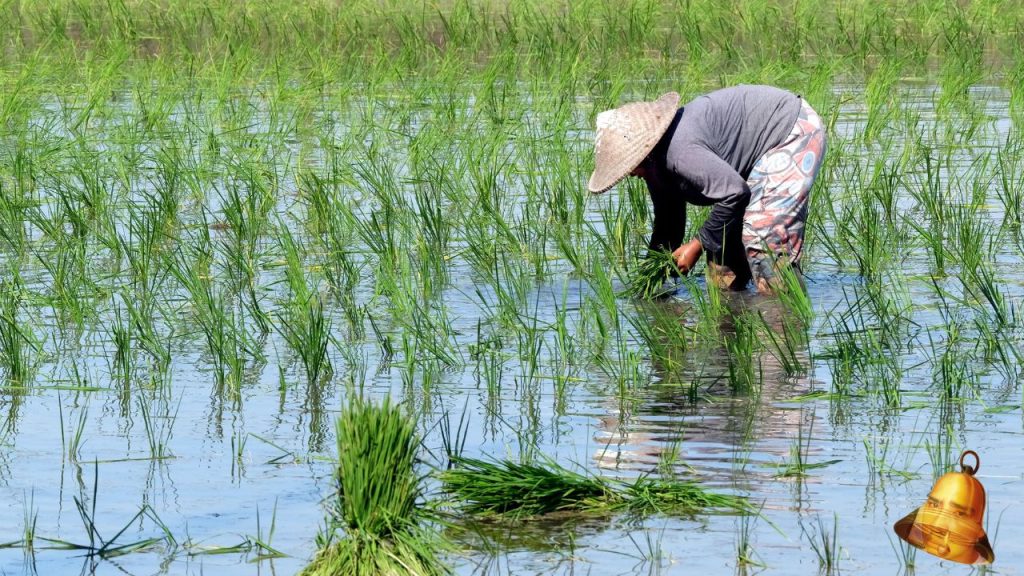
Farmers play a crucial role in maintaining the balance of rice field ecosystems. The use of organic pesticides and biofertilizers can reduce negative impacts on other organisms. Planting intercrops or other pest-repellent vegetation helps attract natural predators. Digging small trenches for fish or turtles also enhances biodiversity. With these simple steps, farmers support the stability of the food chain and the long-term productivity of rice fields.
Conclusion
The food chain in rice fields includes producers, various consumers, and decomposers, all interconnected. This example of a food chain helps us see the flow of energy and the importance of each living thing. Disturbances such as excessive pesticide use can upset the balance and reduce crop yields.
Farmers play a strategic role in preserving rice paddy ecosystems through environmentally friendly practices. By understanding and maintaining the food chain, we can maintain agricultural sustainability and biodiversity.


